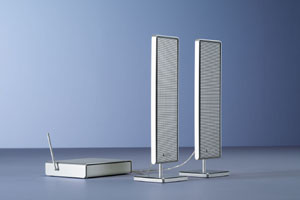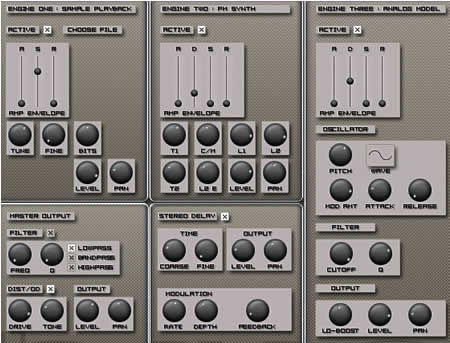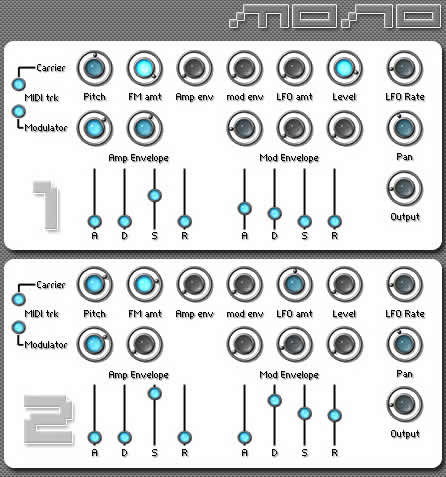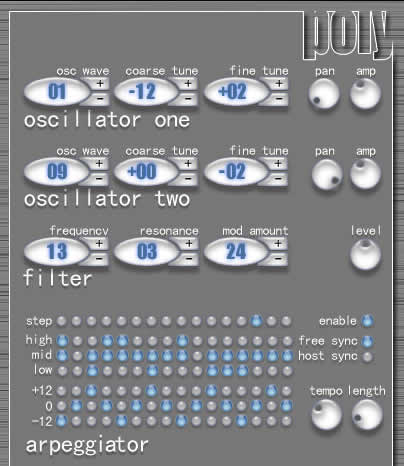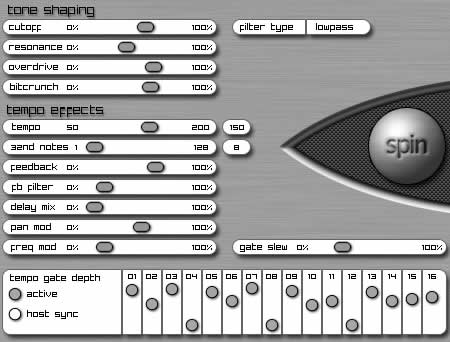Following on from an energetic appearance at Winter NAMM in Anaheim in January, where they launched no less than 13 new products for studio and stage applications, German audio equimpment maker Behringer has rolled out even more new gear for the European audience at Musikmesse in Frankfurt.
Along with 4 new guitar and bass amps for stage work, a pair of new DJ mixers, and a 16 x 2 rack-mount line mixer, Behringer’s Musikmesse launches include a couple of extremely affordable units aimed at the project studio and home recording crowd.
Mastering Studio in a Box
Behringer’s Ultra-Curve Pro DEQ2496 ($380 US) is a single rack space module, a mastering processor with dedicated 24-bit/96kHz internal and external processing performance that Behringer says will ‘put the world of professional mastering within reach of every studio.’ It certainly offers a rich set of features for the price.
At the heart of the DEQ2496 are two high-performance 32/40-bit floating-point SHARC® digital signal processors, and AKM® A/D and D/A converters with 113 dB dynamic range. These allow the processor to deliver the kind of clarity, warmth and punch to a mastering mix that you might expect of a high-end professional facility.

New Behringer Ultra-Curve Pro puts the power of professional mastering within reach of every studio
Insert the Ultra-Curve between the stereo output of an analog or digital mixing console and a workstation or master recording media, and it will enhance the dynamics of the recorded material, creating broadcast-ready material previously not available outside a professional mastering studio.
The DEQ2496 features 4 selectable EQ modules with 31-band graphic EQ, 10-band parametric EQ, Feedback Destroyer, plus three Dynamic EQs per stereo channel. A patent pending VPQ (Virtual Paragraphic EQ) option allows parametric control of graphic EQs.
Effects include a flexible compressor/expander function with peak limiter on each stereo channel, as well as an additional stereo imager and stereo delay for delay line applications.
An ultra high-resolution 61-band real-time FFT analyzer with additional auto EQ function makes room and loudspeaker equalization easy. Multi-functional level meters like peak/RMS, VU and SPL meter with dBA/dBC weighting via a RTA mic input provide all the visual control needed. Furthermore, 64 user memories facilitate complete setups and individual module configurations to produce quality masters.
Separate RTA mic/line input with phantom power, professional wordclock input, and MIDI connections enable full remote control, preset dumps and system updates. Balanced inputs and servo-balanced outputs with gold-plated XLR connectors, as well as AES/EBU and S/PDIF ins and outs (XLR and optical) guarantee compatibility in almost any recording and live situation.
The Ultra-Curve Pro’s software can be updated via MIDI, while an internal switch-mode power supply ensures maximum flexibility, noise-free audio and superior transient response at very low power consumption. Shipping is expected in the second quarter of 2003.
High-End, Low-Cost Vacuum Tube Preamp
Also worth a close look and listen, Behringer describes the new Tube Ultragain MIC100 ($50 US) as ‘the ultimate tube-based sound-enhancing tool for studio, live and hard disk recording applications.’
The MIC100 is designed around a 12AX7 vacuum tube, and it features UTC technology for exceptional warmth and low noise. It complements studio-grade condenser mics nicely, and it can also be used as a DI-box.
The Tube Ultragain MIC100 features low-noise mic preamp circuitry that uses discrete components for a highly transparent sound. It has a phase reverse switch, phantom power supply, LED metering and a switchable pad function.
Thanks to Behringer’s proprietary Ultratube (UTC) technology, the Ultragain is said to show excellent low-noise and low-distortion properties, while lending characteristic analog punch to percussion instruments and signals that are rich in high harmonics. As a DI-box, it can eliminate the dull sound of standard digital recorders and sound cards.
Behringer says the MIC100 is ideal for use in home recording or professional project studio situations, as well as live on stage. It will be available in the second quarter of 2003.
